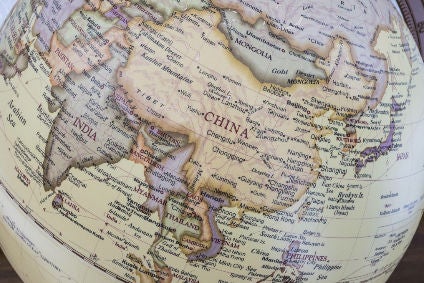
The Chinese Government is understood to have shut down tens of thousands of factories, including garment and textile facilities, in an unprecedented crackdown on air pollution.
The national effort follows several months of investigations by the country’s Environment Bureau to determine which factories are not following environmental laws. The investigation has resulted in the closing of an estimated 40% of all China’s factories in order to lower air pollution levels.

Discover B2B Marketing That Performs
Combine business intelligence and editorial excellence to reach engaged professionals across 36 leading media platforms.
According to Forbes, over 80,000 factories across ten provinces have been hit with fines and criminal offences as a result of their emissions.
China has been stepping up efforts to reduce its pollution levels, and in a press conference earlier this week Environmental Protection Minister, Li Ganjie, reaffirmed its commitment, saying the country would strive to comply fully with its own air quality standards by 2035, adding that the “long and difficult battle” against pollution would eventually benefit the economy. This means lowering the concentration of particulate matter called PM2.5 to 35 micrograms by 2035.
The move to close factories, however, has seen swathes of factories in Eastern China halt production, resulting in late and missed orders, increased costs and ultimately higher prices for consumers in the run-up to the important Christmas trading period.
Michael Crotty, president of MKT & Associates, a company that exports textiles from China, told NPR Radio: “It’s a huge event. It’s a serious event. I think many of us here believe it will become the new normal. The consumers of China don’t want red and blue rivers. They don’t want to see grey skies everyday.”

US Tariffs are shifting - will you react or anticipate?
Don’t let policy changes catch you off guard. Stay proactive with real-time data and expert analysis.
By GlobalDataThe effort seems to be paying off. According to Reuters, China’s average PM2.5 rate stood at 42 micrograms per cubic metre in the first eight months of 2017, down 2.3% from the same period last year.



